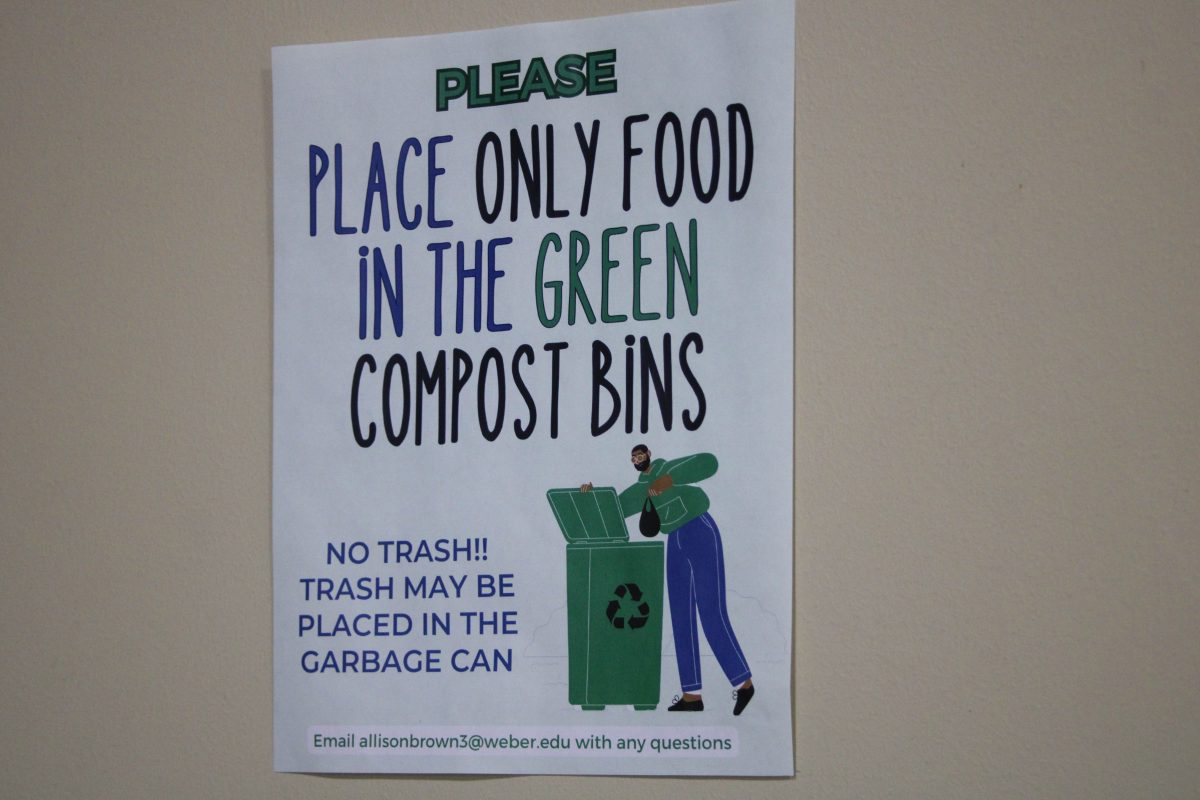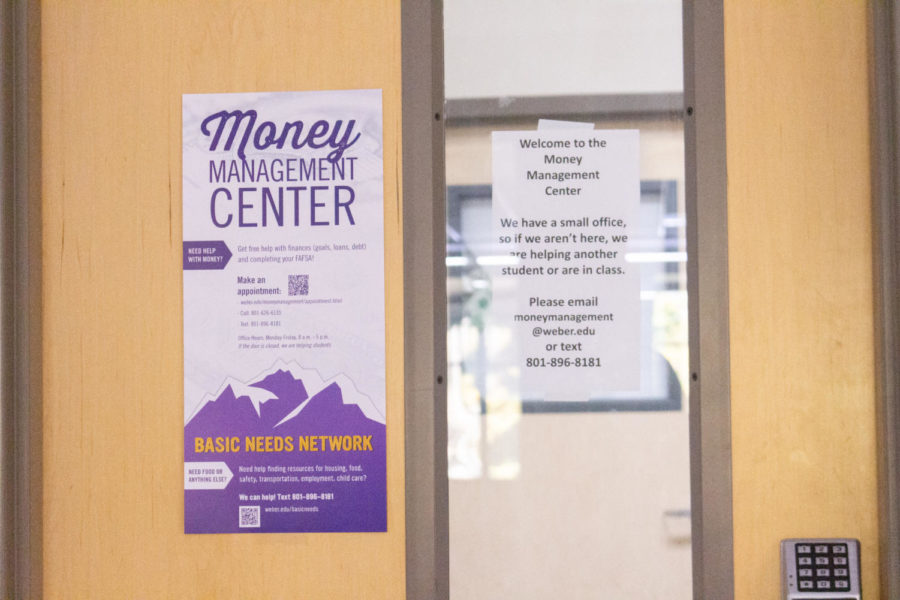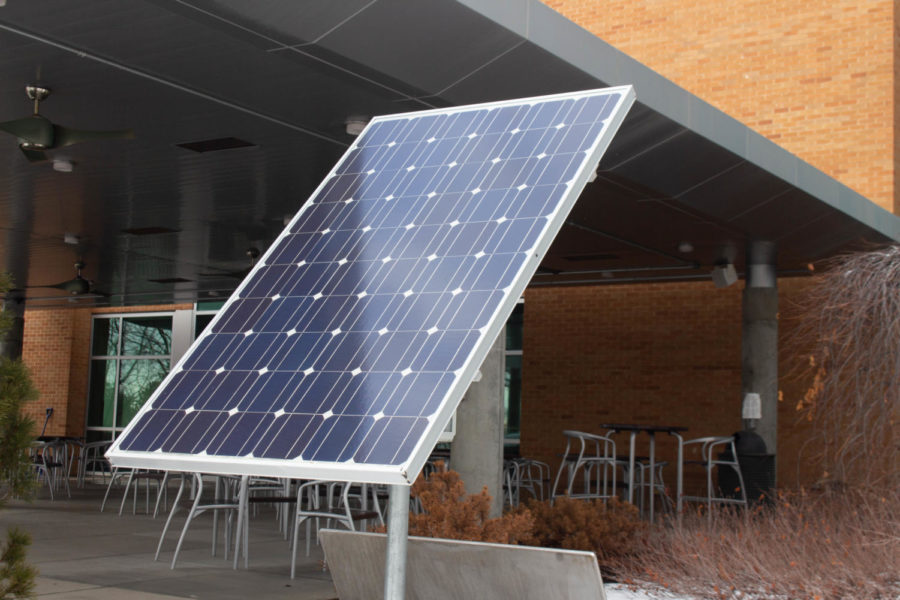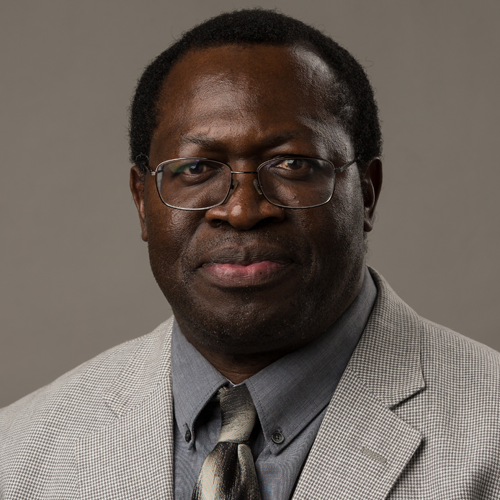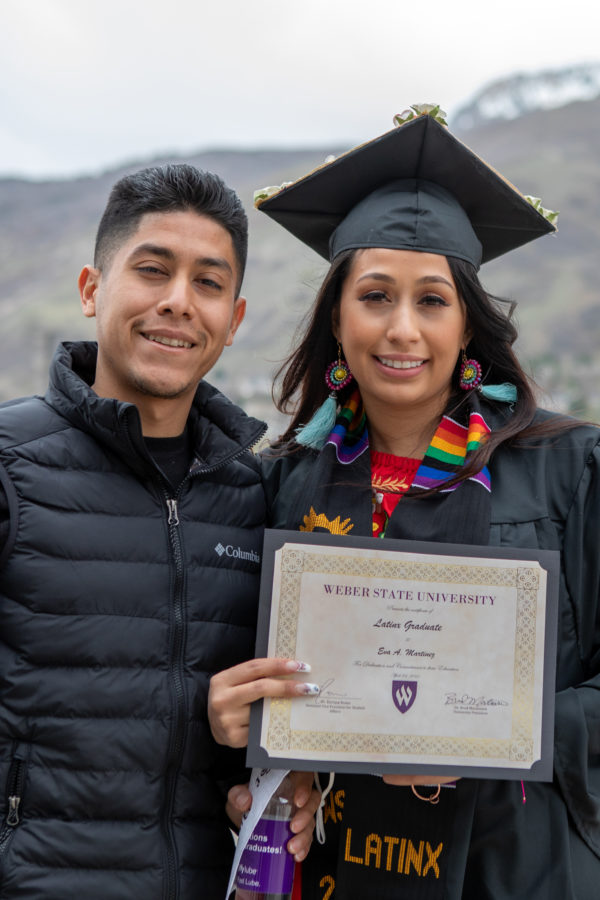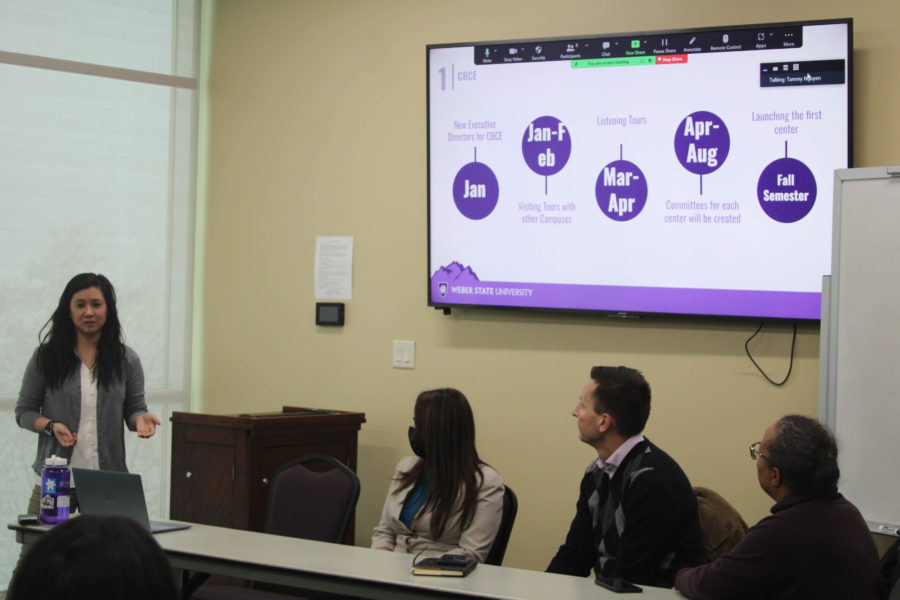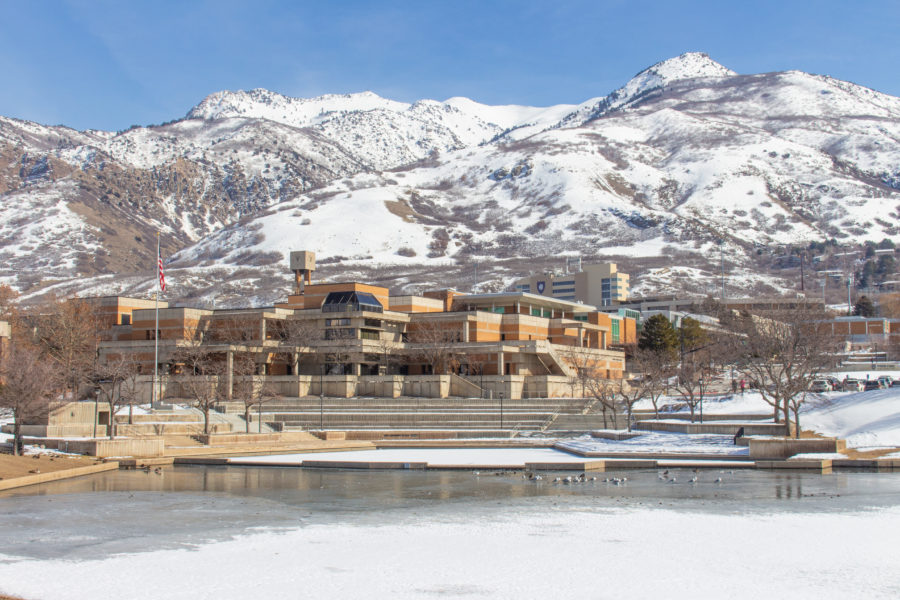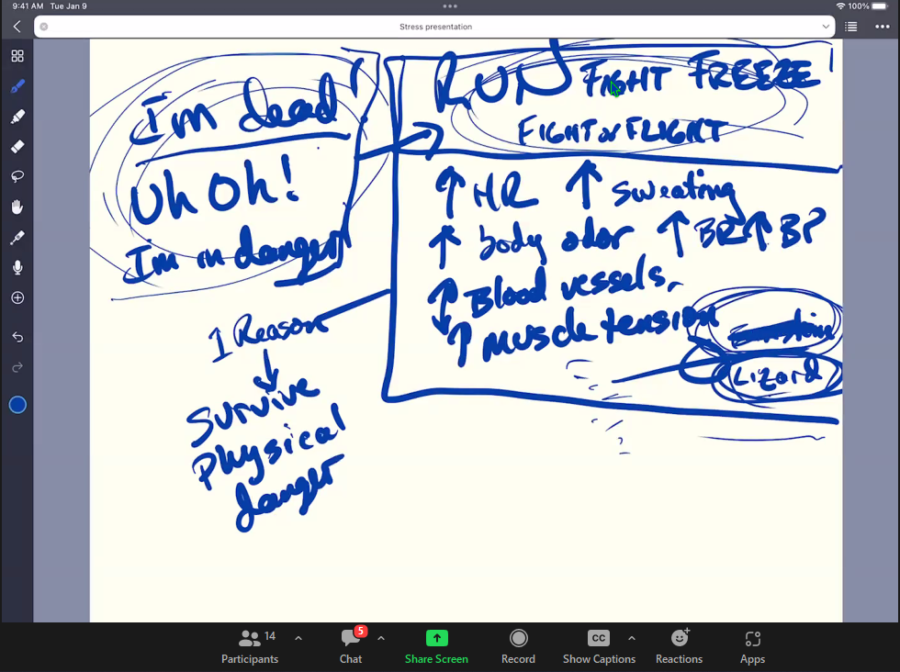
The Center for Diversity and Unity’s Adrienne Andrews will now be serving President Charles Wight as the assistant to the president for diversity starting July 1. Andrews will be replacing Forrest Crawford, as he is stepping down from the position after 15 years.
“She has been doing a lot of these things over the years and so I think she has a good context for advising the president in the right manner, and speaking on behalf of the institution,” Crawford said. He went on to say that Andrews is very well prepared for the position because she knows the importance of becoming the image for the university’s diversity issues.
Currently the director of the Center for Diversity and Unity, Andrews will continue to serve in her current position. Wight said Andrews is charged with the effort of increasing the diversity and inclusion of not just students, but everyone at a university and community level. Her new duties will also include advising Wight as well as the President’s Council on diversity-specific issues.
Wight said that in order for Weber State University to be a leader in the community, the diversity of the students and faculty needs to reflect the diversity of the community the university serves.
“If we don’t do that, then we risk being isolated from our community,” Wight said. “It’s really part of the integration of Weber State into our larger community.”
According to a student characteristics survey from 2010-11, the majority of students at WSU are Caucasian, while only 1 percent is African-American, and 6 percent are Hispanic, while the greater Ogden community, on the other hand, does not reflect this statistic. As stated by Wight, Ogden high schools in particular have a 50 percent graduating class of students of color.
“We have a very, very long way to go before the diversity at Weber State begins to match the diversity of Ogden,” Wight said.
Although Wight said he hopes to change these numbers and increase the diversity at WSU, he noted that progress is being made. He said the number of Hispanic students who attend WSU has doubled in the past two years.
“Diversity and educational excellence are very closely related to one another,” Wight said. “Without diversity, you cannot fully realize your potential in educational excellence. Bringing together people with different ideas, different points of view and different backgrounds (is) really important.”
One part of Andrew’s new job is finding projects and programs that create opportunities that inspire students and all members of the community to embrace diversity and conversation.
“It’s not just a one-area focus; it’s being intentional all across campus, figuring out to work with everybody and how to highlight great things people are doing,” Andrews said.
Andrews said she was excited to start her new role because Wight has a commitment to diversity and inclusion at WSU.
“He has energy and passion that motivates me and everybody else doing this work on campus to be motivated and energized and further develop our programs,” Andrews said.
Although she doesn’t start her new role until July 1, Andrews said she is preparing now by conducting research and looking at what other universities are doing to accomplish their diversity and inclusion goals.
“We have a wonderful committee right now that is working on creating a really strong intentional relationship between the campus and community,” Andrews said.
She said her committee is encouraging relationships between all groups on campus and the community to “engage in the marketplace of ideas.”
Students can assist Andrews in accomplishing the university’s goal of diversity by getting involved in the different programs and workshops the Diversity Board offers. Andrews said she wants students to make connections between what’s happening in and outside of the classroom.
“As students, be intentional, be connected and get involved. Ask the difficult questions,” Andrews said. “When we engage in those conversations, it helps us to see the bigger pictures and it helps us see how different people fit into these pictures.”



